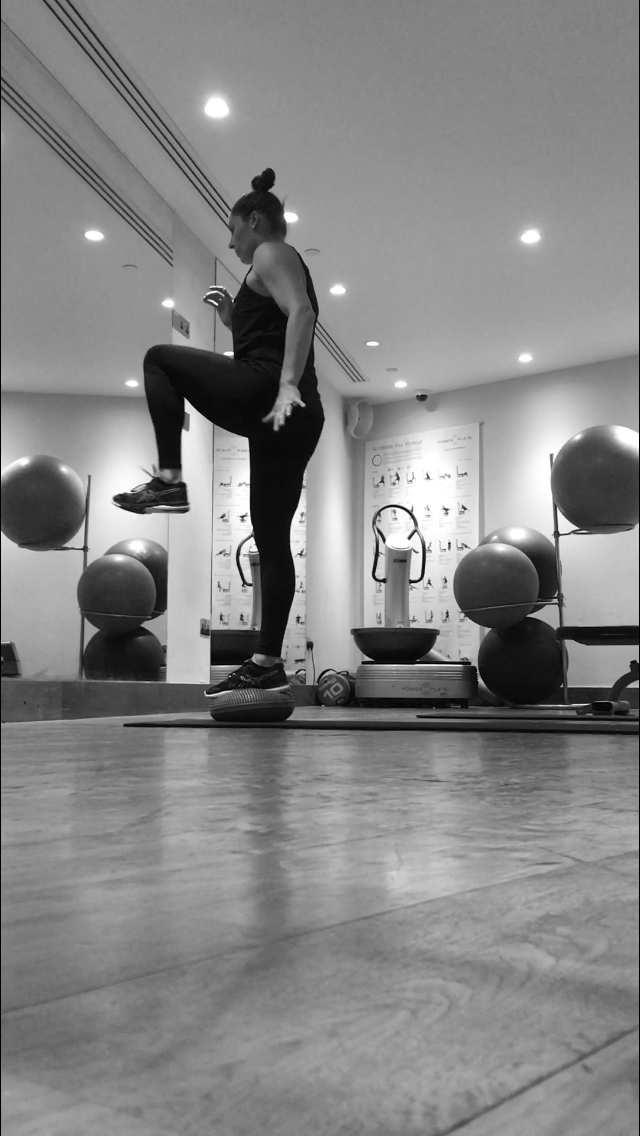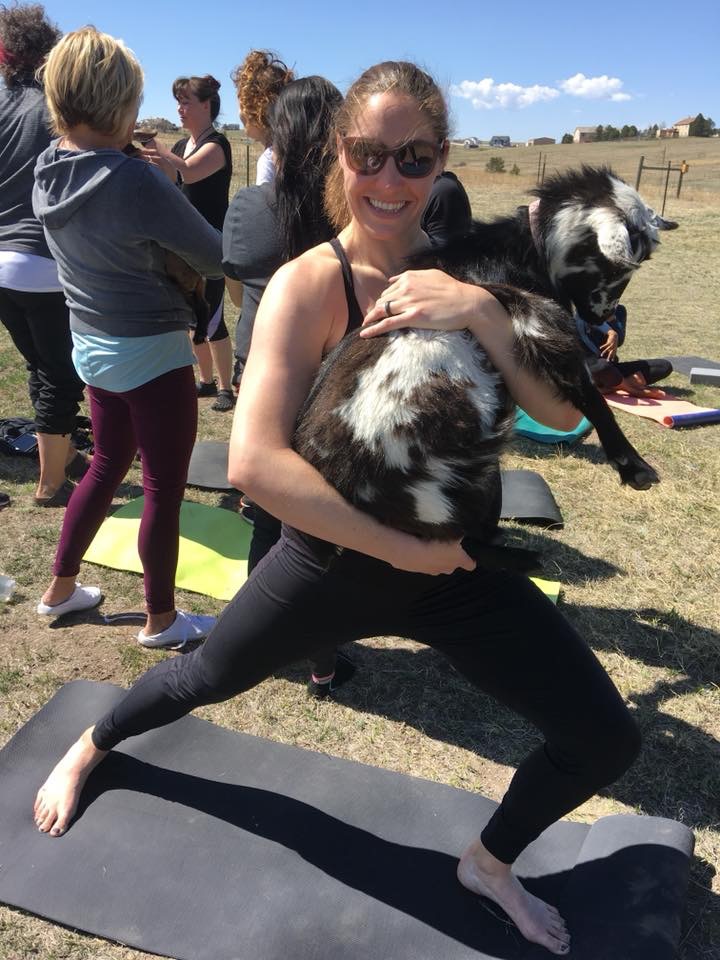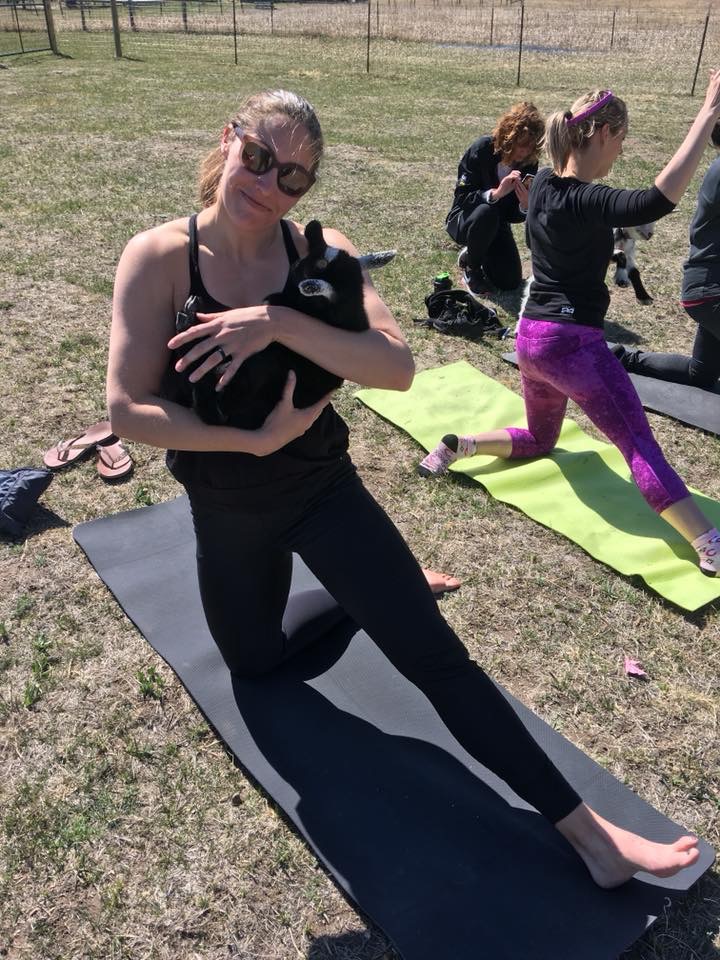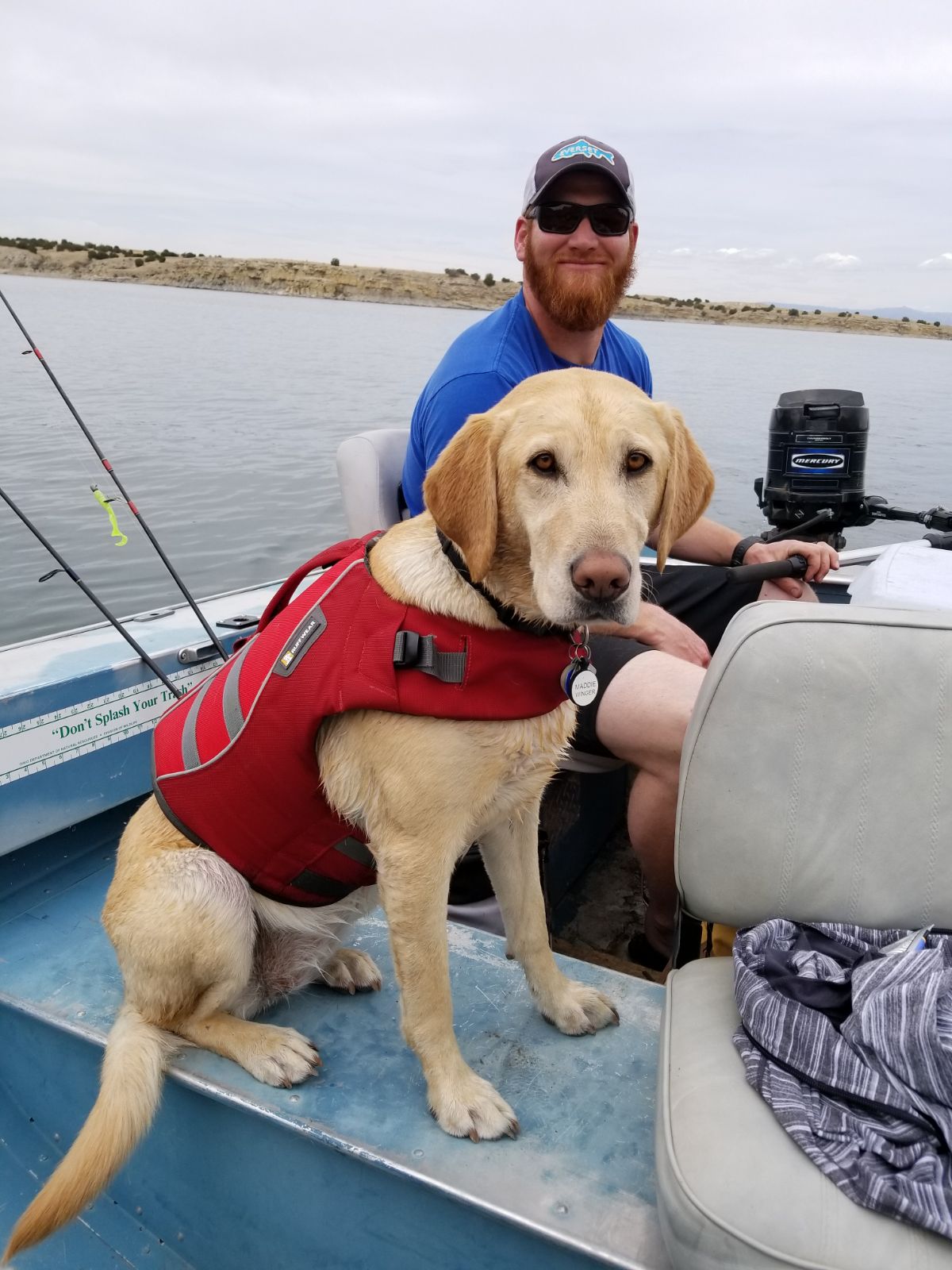I started writing a blog about how to return from injury, then found myself writing about three different facets of injury. So now I am writing three different blogs. This is the first one!
Ideally, we wouldn’t have to miss out on playing time because our bodies betray us. Sadly, that hasn’t been my experience, but there are a few things you can do as a developing athlete to try and ward off injury:
1. Be well-rounded.
As this world gets more and more competitive, it is more and more common for athletes to focus on just one sport really early in life. That can lead to injury. Continue to be a well-rounded athlete for as long as possible.
I’m a huge advocate for playing other sports, especially growing up. Tee-ball and softball were my first sports, I played soccer, volleyball, and basketball, swam and finally tried track and field in 8th grade. I vividly remember getting cut from the first basketball tryout I went to, and even took a tennis lesson once. I used to golf with my Mom. We went on (very few!) ski trips in elementary and middle school, and surfing on vacation in Hawaii. I was a three-sport athlete all through high school, and my track season each year remained relegated to track season until I was a scholarship athlete at Purdue. I had traumatic injuries, sure (turned ankles, some connective tissue damage from throwing in the cold, a bruised tailbone after an off-kilter rebound, a broken arm (from mud football with my friends)), but I didn’t experience an overuse injury until I became a single-sport athlete. Take a moment to google “overuse injuries in youth sports,” and let that plethora of returns motivate you to stay well-rounded.
These days, my well-roundedness includes walking the dog every day, running with her, swimming laps each week, and hikes with my Russ. He and I have talked about how great hiking is for glute and core stabilization, and therefore for knee and back health. My healthiest professional seasons have been in conjunction with home renovation (read: manual labor), and I guarantee it’s because I’m moving my body in different planes than it needs to to throw the javelin. Give your javelin muscles a break. Do something ELSE physical that makes you happy.
2. Pre-hab.
You’re probably familiar with the abbrev. “rehab.” Its lesser-known partner, prehabilitation, is my favorite. Athletes (and this was the case with me) often have to go through injury and the subsequent rehabilitation to realize that there is something they could have done before disaster struck to possibly avoid it. I had no idea how my knees *should* be moving before I tore my ACL, and now that I have the knowledge, my heart hurts sometimes thinking about what could have been if I’d been proactive before.
Seek out a physical therapist who employs preventative therapy. More and more, physical therapy clinics are diagnosing imbalances and weaknesses in clients and tailoring specific programs to help individuals overcome them and prevent further injury as a result. You might come in with a specific complaint, but a fantastic physical therapy office won’t just treat the culprit and send you away, they’ll take a look at how your entire body is moving and help you correct things you didn’t know were wrong. Pain in a certain area doesn’t mean that area is the only problem. If you are in Southern California, PLEASE go see Sports Performance Physical Therapy. If you’re somewhere else, it’s likely that the SP Team could help you get linked up with a quality provider in your area.
Athletes have egos. That is an age-old truth. But please remember that the way your body moves is just a fact. You’ve done nothing wrong to this point to make it move “badly” or “well.” If you’re already an athlete, you’re doing great, but imagine how much better you could perform if you weren’t hindered by little hiccups in your movement. Check your ego and just go see. Ironing out the kinks that you’re not fully aware of could mean complete freedom on the playing field. That's the opportunity that a good PT is living for. They are wonderful people who love sport and only want to help you perform at your very best. If you’ve already been introduced to a clinic through injury, that’s unfortunate, but use that relationship to build on your foundation when you’re reintroduced to sport after the injury rather than turning your back on what’s easy to compartmentalize as a difficult time in your life. Turn that rehab into prehab, and become the best you.
3. Rest and recovery.
Work work work work work, then RECOVER. Regardless of sport, recovery from activity is essential to avoiding injury. You get nothing from the high quality work you put in if you don’t give your body an opportunity to absorb it. If you deny your body the chance to heal from all of the micro-trauma it goes through in training, eventually it will retaliate.
Recovery days could be anything in my book. If I’m just at home, I’ll do some core and go for a swim after yard work. If I want more adventure or I have something planned with Russ and Maddie, it means paddleboarding, hiking, fishing (sitting in nature’s ice tub while Russ fishes), or other outdoorsy fun. If I’m in Europe and travel days have been particularly frequent, I count that exhaustion (plus always core) as my activity for the day and cut my swimming way down, prioritizing rest otherwise. Active recovery is anything that balances your body back out from the stresses of the sport you do. Bonus points if your chosen method of recovery also relaxes your mind (my outdoors and family focus).
Recovery also includes things like massage therapy, chiropractic work, NormaTec system usage, contrast baths, etc. Again, putting your body back together after hard work and before more hard work happens. You must reset and restore the body before you ask more of it, or you’re just piling on to a stressed system. If I ignore this part, eventually I’ll be feeling pretty good in a lift, and all of a sudden my old friend the back spasm will show up. Recovery is important for good performance, yes, but that’s because it allows quality training to continue.
Rest is something altogether different than recovery. I LOVE me an entire day at home with Madeline, walking when we feel like it, napping, cooking new recipes, maybe pulling a weed outside, playing piano, and binge-watching funny shows. I can be very, very good at an off day. Sometimes the three of us will go out to the farm to play Bridge with Russ’s grandparents and enjoy a gorgeous sunset fetch. Complete rest days are necessary for body and (my) soul.
I was sick last week. I won’t go into too much detail, but GI distress away from home is no fun. I barely left my hotel room for three days and still didn’t quite feel right during warm-ups for the Athletics World Cup. The worst night of my sickness, I was up and down all night from 11pm-on, but slept well when I was down, then slept until 3pm. I had absolutely no trouble sleeping that night either. Come competition day, I was surprised by how good my body felt, even if my stomach was still complaining! The reason is rest. It is so healing. Do it.
My career is not a great example of how to avoid injury (L5 stress fracture 2007, ACL tear 2012, L shoulder labrum and rotator cuff tears 2015), but it is a great example of how to learn from difficult experiences and return to action, and for that I hope you'll heed my words. I wish I’d done more to prevent injury earlier in my career, especially from a prehab standpoint. Be wiser than I was.
Part 2 will revolve around the mental aspects of being injured; preparing for a surgery and the immediate aftermath of that, the first few physical therapy appointments, and getting through the really trying parts of the recovery process. Please let me know if you have specific questions for that blog! I have some saved from my Instagram request for questions on this topic before.
In Part 3 I plan to talk about return to sport. Most of you asked about this, so thanks for your patience!











